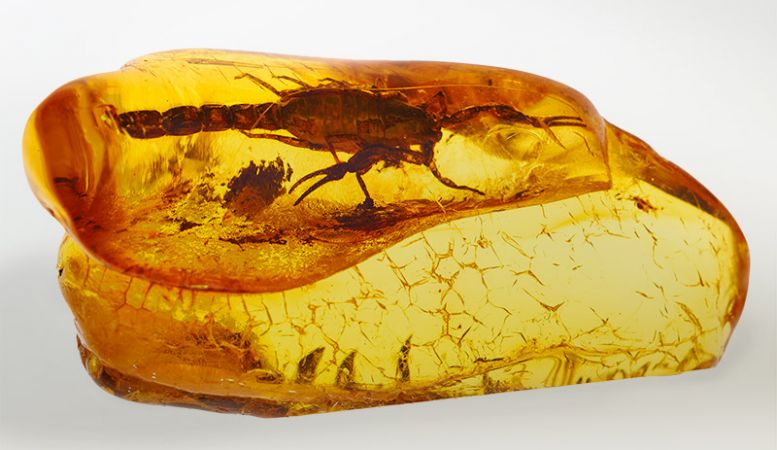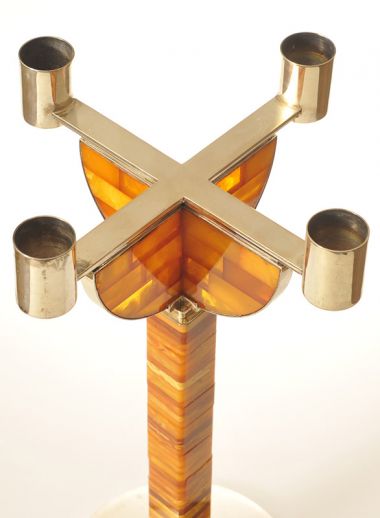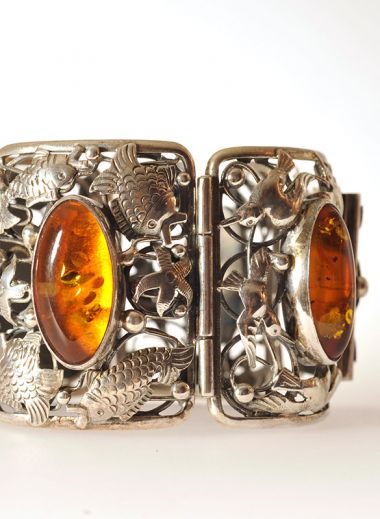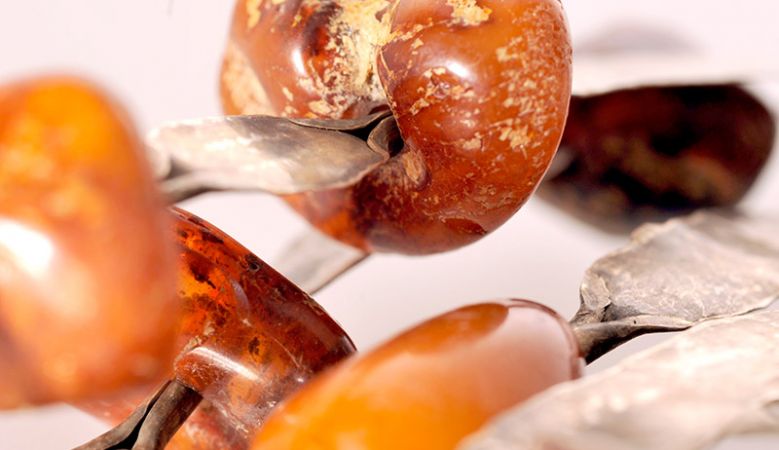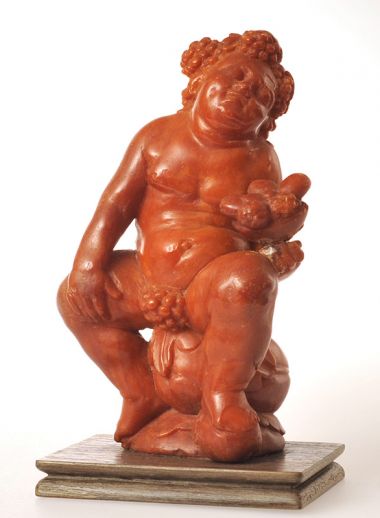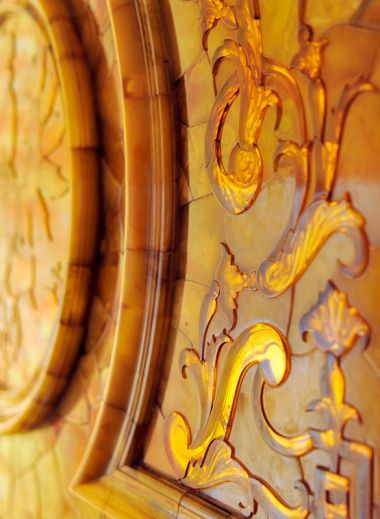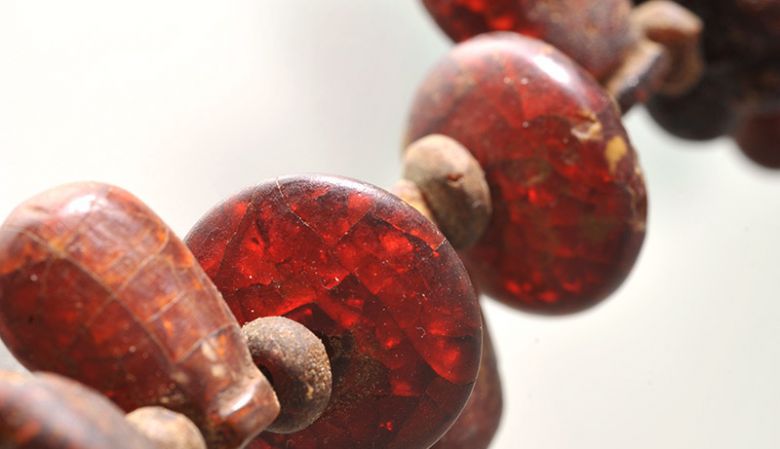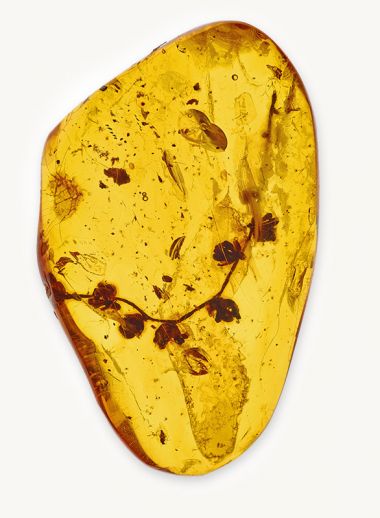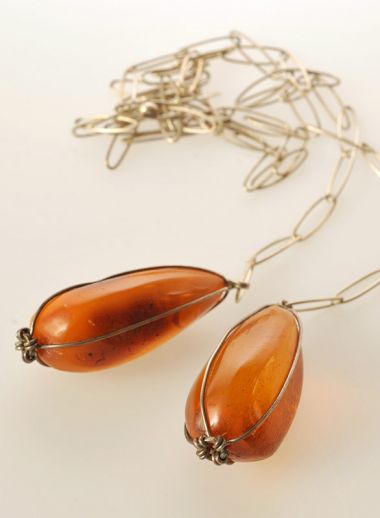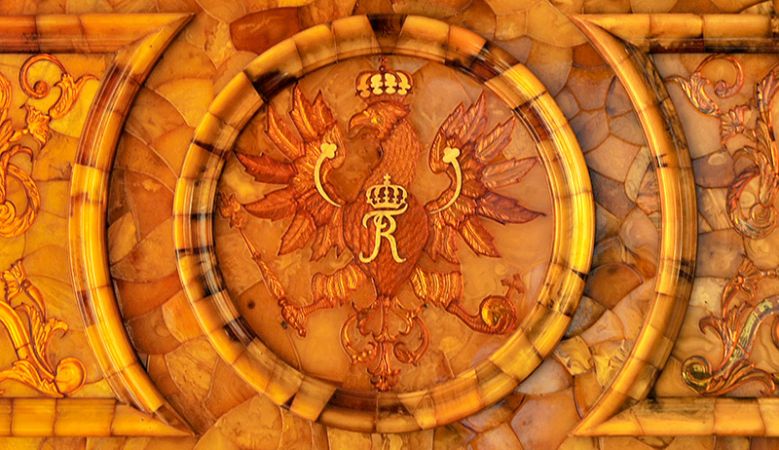JOIN the AFICIONADOS
Get the insider news and lowdown on what we've been up to, where we've been, and who we've met along the way. Be the first to discover new places and get the scoop on our favourites.
The Fischland-Darß peninsula is known as a place where thousands of migrating birds – cranes and geese – come to rest in their trek to southern, warmer regions.
This collection of peninsulas, islands and lagoons forms the Western Pomeranian Lagoon Area National Park, which is characterized by very shallow water where this unique coastal fauna of geese and cranes live – here, they have about 805 square kilometers’ to roam.
The nearest town of historical significance is Ribnitz-Damgarten, an hour’s drive south from the National Park, on the mouth of the river Recknitz, where it flows into lake Ribnitz.
For centuries, amber has washed ashore here, originating from the evergreen pine tree family known as the Japanese umbrella pine that used to live in Northern Europe.
Also called, the ‘Gold of the North’, amber is the fossilized resin from these trees that has been valued for its color and beauty from Neolithic times to the present. Used as a gemstone, amber sometimes contains animal and plant material.
Already described in Pliny the Elder’s ‘The Natural History’, from the first century AD, amber was a material brought along the Baltic shores in the spring – and used by the local population as fuel, and was sold to neighboring peoples.
Along with other nearby northern European areas, Ribnitz-Damgarten was such a place, rich with amber. No wonder then, that it has christened itself as the town of Amber, or in German, Bernsteinstadt.
Known for its history of manufacturing jewelry and other items from amber, the town is also the location of the German Amber Museum – a unique cultural institution where one can learn and watch how amber is processed.
Located in the Ribnitz cloister, in the Old Clare Convent, the ‘Deutsches Bernstein Museum’ exhibits historic as well as contemporary pieces of art made of amber – about 1600 items – that illustrate the origins and the application of amber, and how this manufacturing industry is intertwined with the town’s history.
From Etruskan necklaces to religious cabinets made of amber, to amber with a scorpion encased in it or covered in barnacles, the sheer variety of appearances and uses is endless and fascinating. After visiting the national park, a wander around here is a great way to gain insight into a material that has shaped the wonderful bays that interconnect the Mecklenburg-Vorpommern peninsula to the Baltic Sea.
